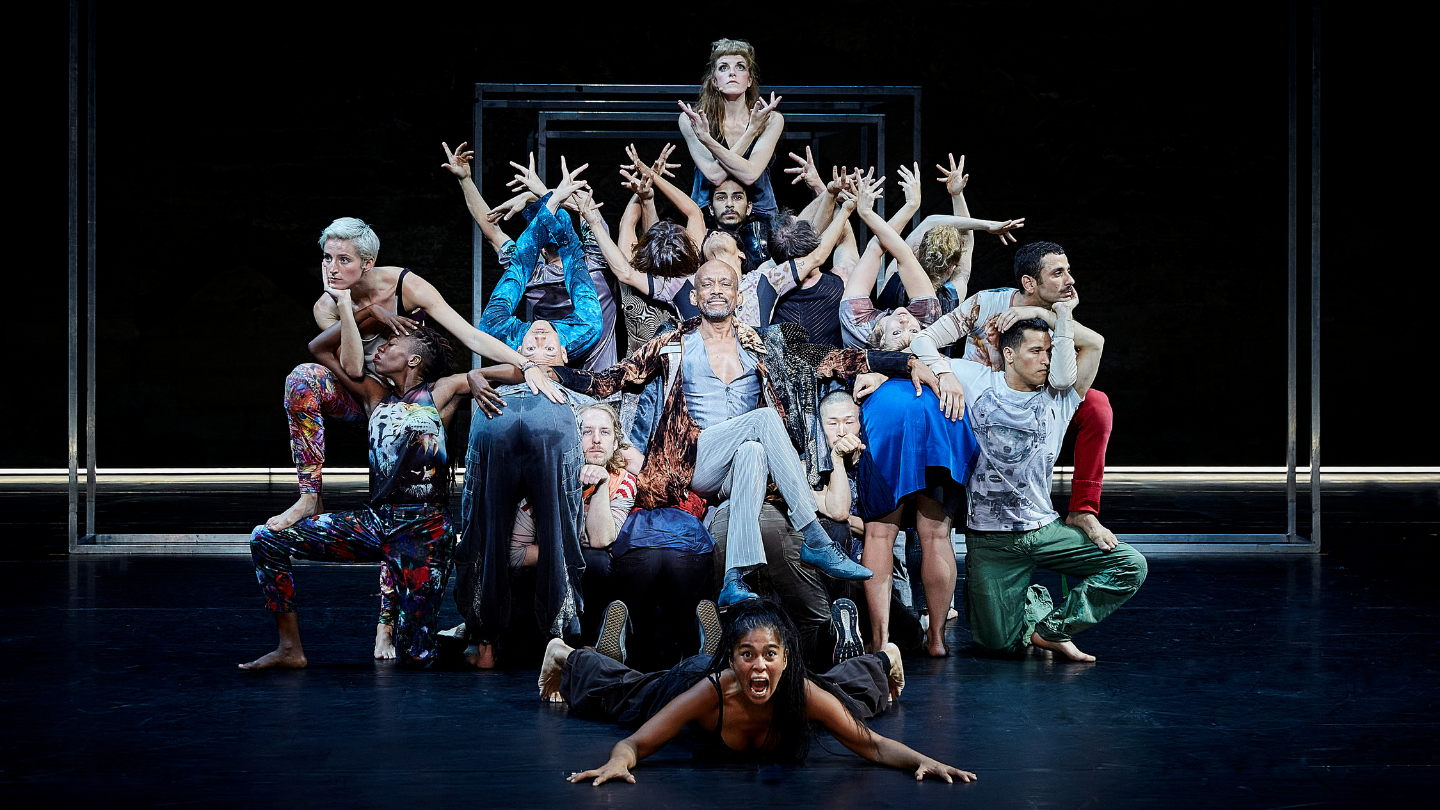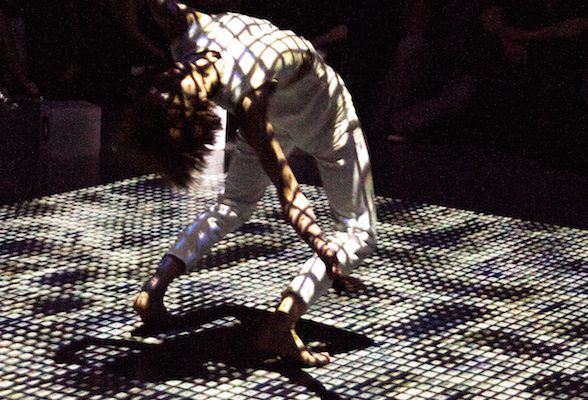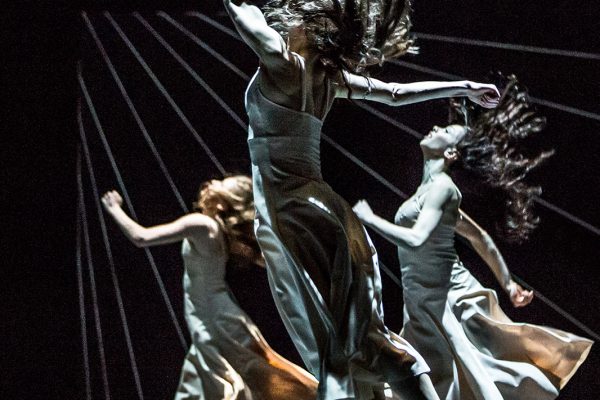Editor’s Note: This version has been updated from the original, which stated that Nicole Krauss and Vilayanur Ramachandran were co-writers of Babel 7.16 alongside Karthika Naïr and Lou Cope.
Babel 7.16 premiered online on Dec. 8 and is streaming until Dec. 19 through the National Arts Centre, Dance House, Danse Danse and Harbourfront Centre.
In Babel 7.16, choreographers Sidi Larbi Cherkaoui and Damien Jalet mould monuments out of bodies. The performers in their consummate cast of 22 are mere grains of sand when dispersed on Antony Gormley’s prodigious set, which envelops the courtyard of the medieval Palais des Papes in the French city of Avignon.
The strips of neon white light that demarcate the perimeter of Gormley’s black canvas of a stage wash over the individual dancers like a halo biting through a Stygian night. But when the performers come together in taut unity, as they so often do to form armies, creatures and monumental towers, their bodies create majestic forms that set the darkness aglow.
Those moments exemplify the power of Cherkaoui and Jalet’s Babel 7.16, a reimagination of their Olivier Award-winning dance show Babel(words).Created for the 70th edition of the Avignon Festival in 2016, Babel 7.16 is now streaming on demand through Digidance for audiences until Dec. 19.
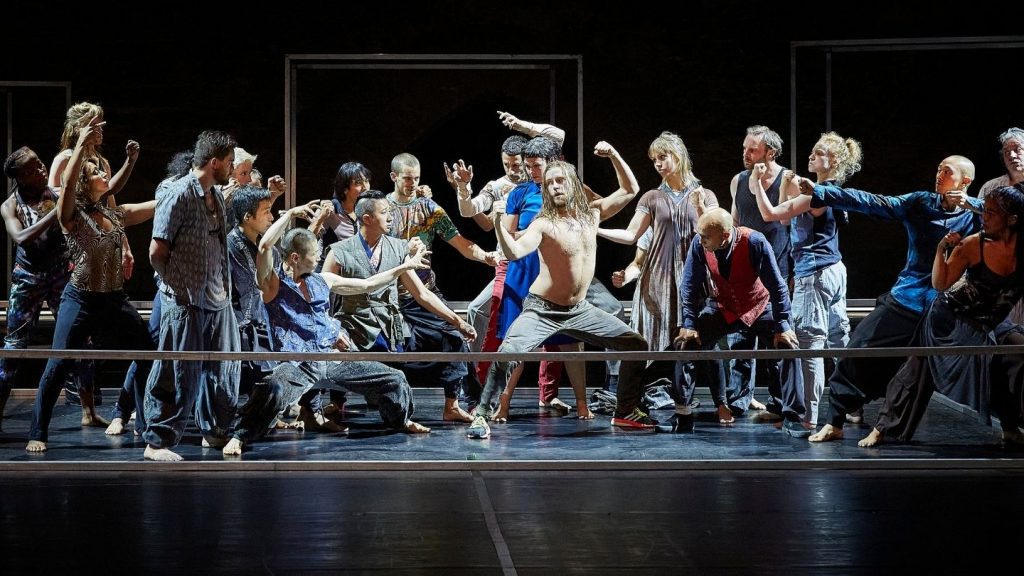
The multidisciplinary show, which uses dance as its primary form of expression, is loosely based on the biblical origin story from Genesis. It’s a contemporary take on the Tower of Babel, exploring what happens after God scattered humans around the world and scrambled their speech.
Through a series of non-narrative vignettes, the performers, fittingly assembled from 15 nations around the world, not only examine the clash between various languages and cultures but also offer a glimpse of what the world could be when nations unite as one. It’s an apt capture of humanity and the struggle for peaceful coexistence that has plagued every generation of human history.
It’s somewhat ironic, however, that the triumphs and failures of Cherkaoui and Jalet’s dance show align with those of Babylon’s people and their eponymous tower that aspired to touch the heavens.
Babel 7.16 succeeds when the performers work as one — with contemporary dance serving as a unifying language for its disparate mob of characters. Near the top of the show, they form a chorus line, and with precise bursts of unbridled energy, they trace various patterns in the air and on the stage, all in striking synchronicity to the rhythmic pulse of the Japanese taiko drums that flank the stage.
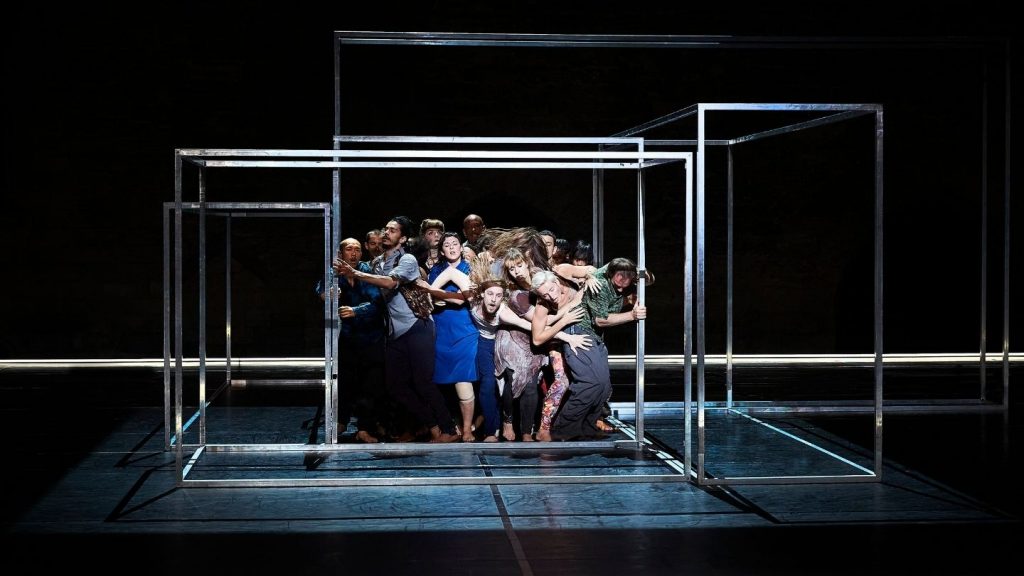
When Roberto Maria Grassi’s varied camerawork offers a wide shot of the stage, the dancers become indistinguishable and seemingly blend into a singular organic entity. Against the black abyss of the stage and the severe facade of the Palais des Papes, their sharp movements and steely-eyed resolve conjure a hypnotic aura — like the shimmer of a gaslight in the night.
Hypnotic, too, is the moment later on when the performers assemble the Tower of Babel using Gormley’s cubic prisms of various dimensions that inhabit the set. Watching the ensemble deftly flip, slide and yoke together these hulking metal structures to create something familiar and majestic is a sight to behold.
But too often, these moments of incandescent brilliance crumble when — like the Babylonians — the ensemble splinters into various factions and the brilliant choreography melts into hackneyed bits of skits and speeches thrown across the set.
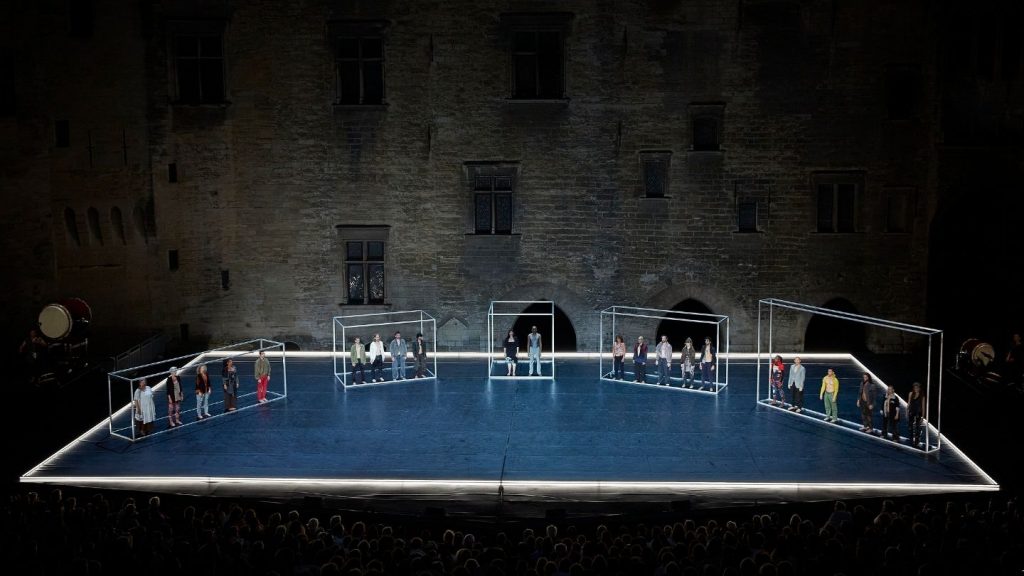
Most frustrating of all is the series of monologues that come in like a wrecking ball after these beautiful ensemble-driven vignettes. These TED Talk-styled lectures on the evolution of language and motor neurons in our brains, delivered statically from the lip of the stage, are grating to the ear.
But that pales in comparison to the questionable and somewhat pointless “immigration skit” squeezed into the middle of the show. The creators have pulled out every racial trope in the book for this scene about a group of people from various parts of the world trying to get past airport security. Russian? You must have a Molotov cocktail. Indian? Probably carrying some tikka masala. African? Infected with Ebola.
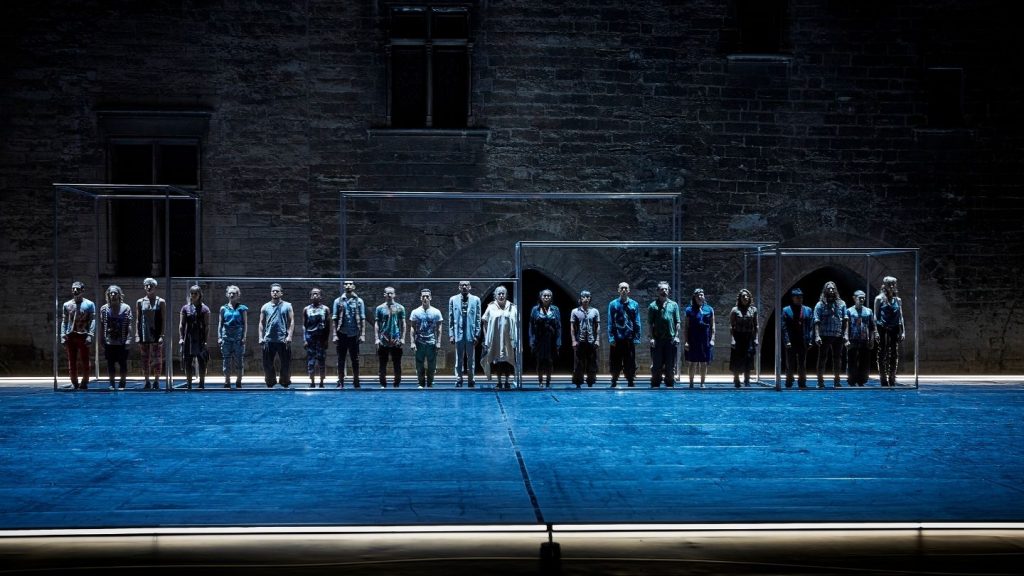
The exchange between an immigration officer and a Muslim woman with a hijab is particularly cringeworthy given the events currently unfolding in Quebec. These stereotypes are delivered as crude humour that in no way examines the linguistic and cultural conflicts that should be at the core of this piece. Worse, they’re forced down our throats with a wink and a nudge. All that it elicited from me was a groan and an eye roll, and some pity for the talented troupe of dancers made to act out such a scene.
For it’s often the visually arresting performances of these triple-threat artists that elevate Babel 7.16. They flip, slither and tumble across the stage before breaking into song or delivering a monologue on a dime. They are the heart of the show and the epitome of the Babylonian spirit.
Tagged:
